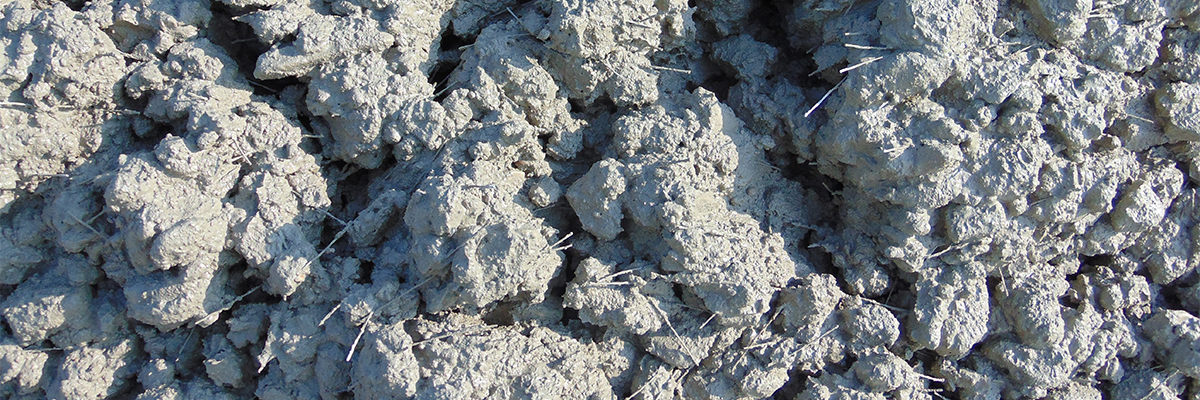There’s an innovative solution to conventional labor-intensive, time-consuming processes in ICF construction and it’s only produced by Helix St
Standard reinforcement has met its match with tiny additions that transform concrete into incredibly strong and versatile composite material. Helix Micro Rebar reinforcement and fiber reinforcement each give concrete extra compressive and tensile strength – something that rebar and mesh have great difficulty with.
Helix Micro Rebar and the many synthetic/steel fiber reinforcements available on the market are all very small – as small as half an inch – but there are many differences between the two. Did you know that one stops cracks from forming, while the other does not? Let’s explore how else these two micro reinforcements differ.
Comparing the Shape of Micro Reinforcements
Helix Micro Rebar takes advantage of its patented, twisted design to ensure the full length of each piece bonds with concrete – something that fibers can not do. The reinforcement must use significant force to untwist as it pulls out of the concrete, making this product different from traditional fibers because pullout is governed by twisting resistance rather than only friction.
The unique twisted shape provides more bond strength, which increases the tensile strength, modulus of rupture, splitting tensile strength and the strain at first crack of concrete. If the concrete is stressed, the concrete will try to pull apart, but that’s when the patented twists immediately engage and provide constant/stable resistance to high displacements.
Fiber comes in many shapes and arrangements, and can often be purchased at sizes as small as half of an inch. Some are small steel bars with anchors, others are pieces of rippled plastic, and others are made of fiberglass with tensioned tendons. All of them only begin to work their purpose after cracks already begin to pull the concrete apart.
Comparing Applications of Helix Micro Rebar vs. Fibers
Since fibers do not begin to work until after cracks form, the applications for fibers and Helix® Micro Rebar™ are quite different.
Helix Micro Rebar is approved for use:
- In slabs on grade per ACI 360 Chapter 11 using elastic design when load slab strength is required with cracks smaller than 1 mm.
- To replace temperature shrinkage reinforcement specified in ACI 318 Chapter 7 subject to the restrictions of UES ER-279 or ICC-ES 3949.
- In structural slabs, walls, foundations and other structures to replace rebar subject to the restrictions of UES ER-279 or ICC-ES 3949. There are prescriptive tables in ICC-ES 3949 for below-grade walls satisfying IRC without the need for engineered design.
- As a structural reinforcement under the provision of ACI 318-14 section 1.10 and ACI 332 under Section 1.2 and 6.2.1.2.
- In pavements, per ACI 330.
Polymer fibers too can be used in many concrete applications:
- To provide tensile strength to concrete in non-structural ground-level, precast, and shotcrete applications.
- To provide tensile strength to concrete, once cracks grow larger than 0.04 inches (1mm)
- In slabs on grade, only when using the Yield Line Design method when large cracks on the bottom surface of the slab are acceptable.
A key difference between the two is that polymer fiber product evaluation reports do not allow the replacement of any code-required rebar with polymer fibers. ACI 360 Chapter 11 provides the only basis of approval or design for polymer fibers limited to the use in non-structural slabs on grade only.
Nearly all steel fibers are limited to replacing temperature crack control steel reinforcement (rebar/mesh) in concrete.
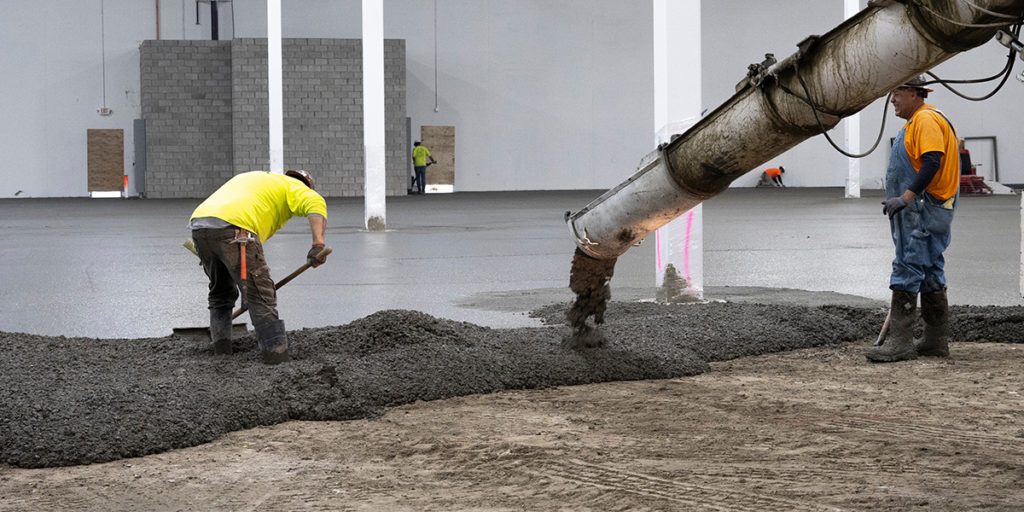
Comparing the Material of the Micro Reinforcement
Helix Micro Rebar is made from 100% steel, which is 600% stiffer than concrete. The twisted steel design can provide resistance to concrete prior to cracking due to its high elastic modulus and tensile strength relative to plain concrete. It will also increase the ductility of concrete prior to first crack by providing alternative load paths if micro-cracking initiates.
While polymers can be engineered to have tensile strengths equal to or greater than steel, the primary difference between steel and polymer fibers is modulus of elasticity. The best polymer fiber, made of synthetic chemicals, has only 38% the stiffness of concrete, and is often quite flexible. This flexibility results in the true benefits of fiber being realized only after tension is created – after cracks form. Many studies actually show that plastic fibers decrease flexural strength. [Abimael-Campoy, Noé & Omar, Chavez & Zamora, Sergio & Luz, Ma & Pérez-Rea, María & Rojas, Eduardo. (2017). RIGID PAVEMENTS PERFORMANCE BY MEANS OF THE IMPLEMENTATION OF FIBERS. REVIEW. 441. 10.5281/zenodo.293769.]
Even with a very efficient concrete fiber bond, polymer fibers do not provide tensile resistance prior to the development of cracks. They must be stretched enough to provide resistance (they act like a rubber band in relation to the concrete) and do not begin exerting significant tensile force until after a crack of 0.030 inches wide forms.
There are many steel fibers available made from flat or round lengths, but independent studies conclude that even these do not have pre-crack performance like Helix Micro Rebar does. Helix Micro Rebar is the only micro reinforcement that can be used as replacement for structural reinforcement under the provision of ACI 318-14 section 1.10.
Comparing Dosages of the Micro Concrete Reinforcement
Helix Micro Rebar is known for its low doses, resulting in easier pours and finishing. [Each pound of reinforcement has approximately 11,500 pieces (25,000/kg).]
Helix Micro Rebar is applied at significantly lighter dosage of most plastic fibers, making the concrete easier to finish. For example, for a cubic yard of concrete, a typical Helix Micro Rebar dose would be 18 lbs. (8 kg.), while other fibers would be up to 60 lbs. (27 kg.) It is often applied at 1:3 to 1:4 the dosage of other steel fibers.
Comparing the Testing Procedures of Fiber Reinforcement and Helix Micro Rebar Reinforcement
Helix Micro Rebar is tested to provide maximum resistance to keep crack widths smaller as required UES ER 279 design. The tests show the increase in the modulus of rupture and pre-crack ductility provided by Helix Micro Rebar. A recent test performed by a competitor showed a 16% increase in modulus of rupture and 100% increase in ductility.
Polymer and steel fiber companies recognize the low modulus of their concrete reinforcement. To justify the properties they rely on test standards that measure performance only after large cracks have formed, which is ironically when they exhibit better performance. These methods include ASTM C1399 and ASTM C1609.
Engineers should carefully review polymer fiber calculations that use bending test results for design. The usable tensile stress that may be applied to concrete cross section is only 37% of the post-crack bending stresses reported. So for example if an ASTM C1609 bending test result is 140 psi at 0.12 in deflection, the usable tensile resistance is 140 psi x 0.37 = 52 psi.
Comparing the Support That Comes with the These Small Reinforcements
Helix Steel has a team of in-house engineers that are devoted to ensuring projects involving Helix Micro Rebar go seamlessly.
- We encourage engineers to submit project specs to allow our team to review them and help to demonstrate our product’s benefits to your next project.
- The online product specification tool can be found online to provide fast access to essential dosage requirements.
- The International Code Council Evaluation Service (ICC-ES) updated ESR-3949 allows engineers and architects to more easily implement Helix Micro Rebar in slabs, foundations, footings, walls and new in this revision, pavements.
Fiber reinforcement businesses often do not have the internal engineering support or approved third-party publications that allow easy, fast and effective integration of micro reinforcement in their projects. Onsite and virtual liaison is often outside of their scope as many simply sell the fiber and do not advise beyond product sales.
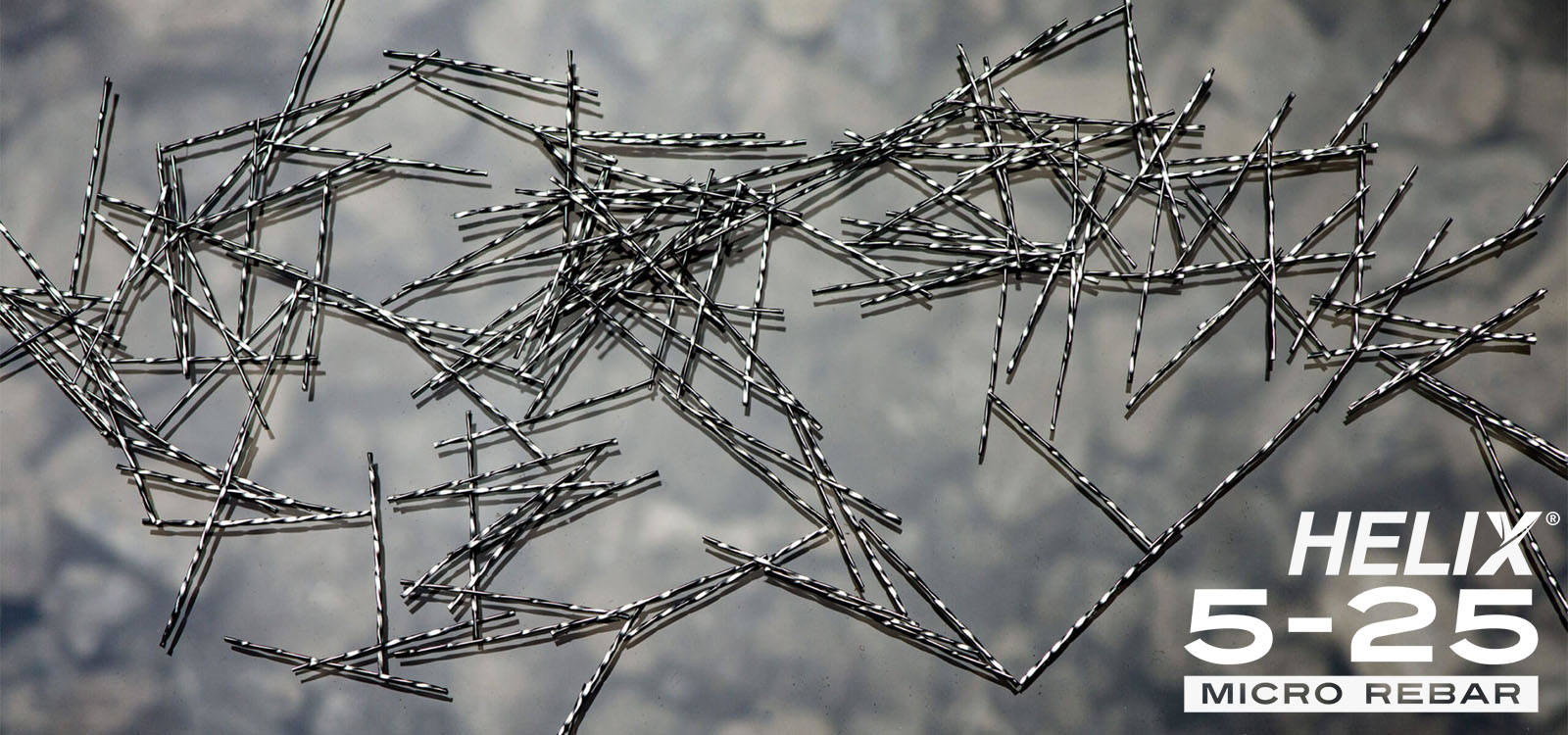
Concrete Micro Reinforcement Comparison Conclusion
Although fibers may have a promising future, they have so far failed to provide the structural engineering community with an option that provides an economical product that offers behavior needed to replace structural rebar along with a usable, clearly defined, peer-reviewed, design manual to govern their use. They also have no benefit to concrete until large cracks form, which is often too late.
Helix Micro Rebar has its benefits, including more beneficial shape, code-approval for a wider range of applications, stronger material, lower dosages, more stringent testing requirements, and lifetime support, while also greatly reducing the chances of cracks forming in concrete.
Choosing Helix Micro Rebar for your next project will change the way you build with concrete.
More News
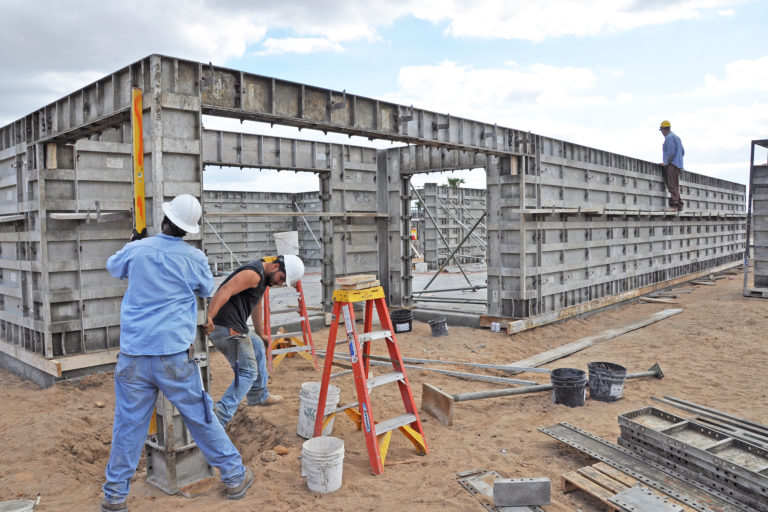
Building Better Homes Starts with ICF and Helix Micro Rebar
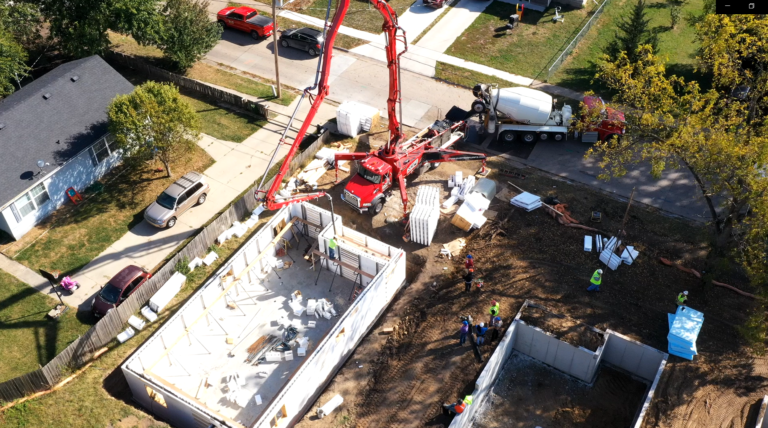
The Better Way to Build in Every Direction
Whether you’re building below-grade or above-grade, the tiny twisted concrete reinforcement known as Helix Micro Rebar is taking the construction world in new directions
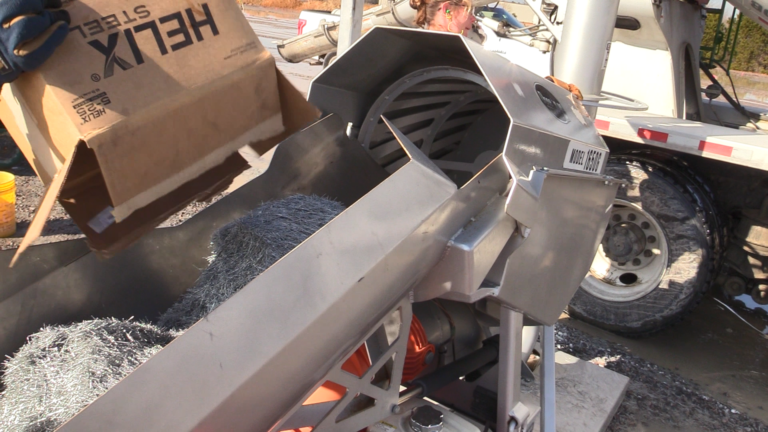
Is Your Business Still Living in the Rebar Age?
If you’re in the construction industry to improve buildings, revolutionize processes and work smarter, it may be time to rethink your concrete reinforcement.

